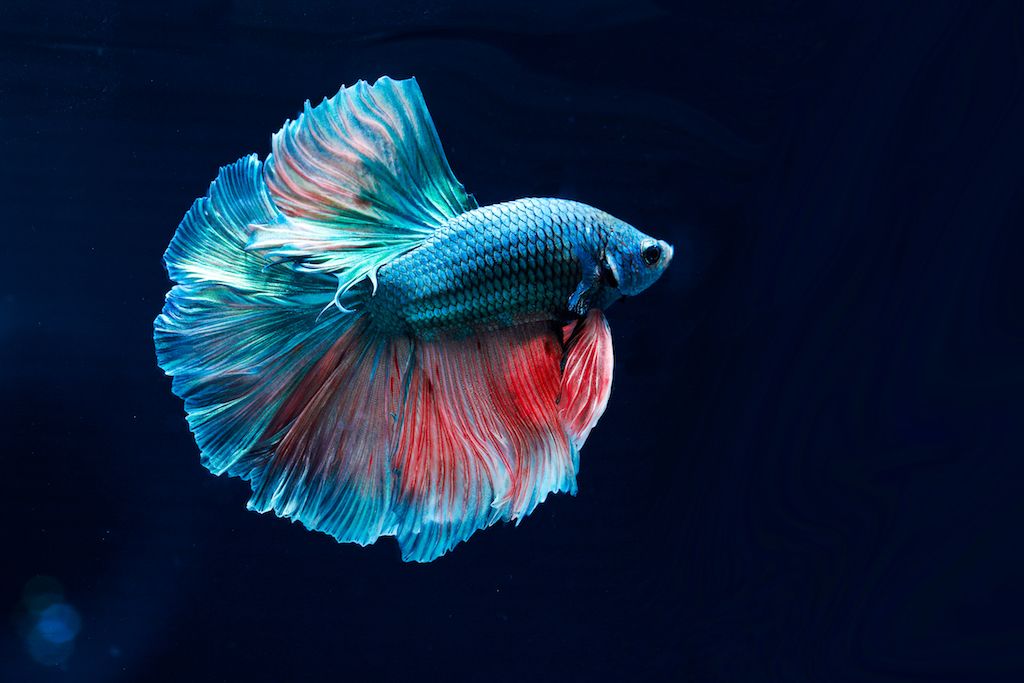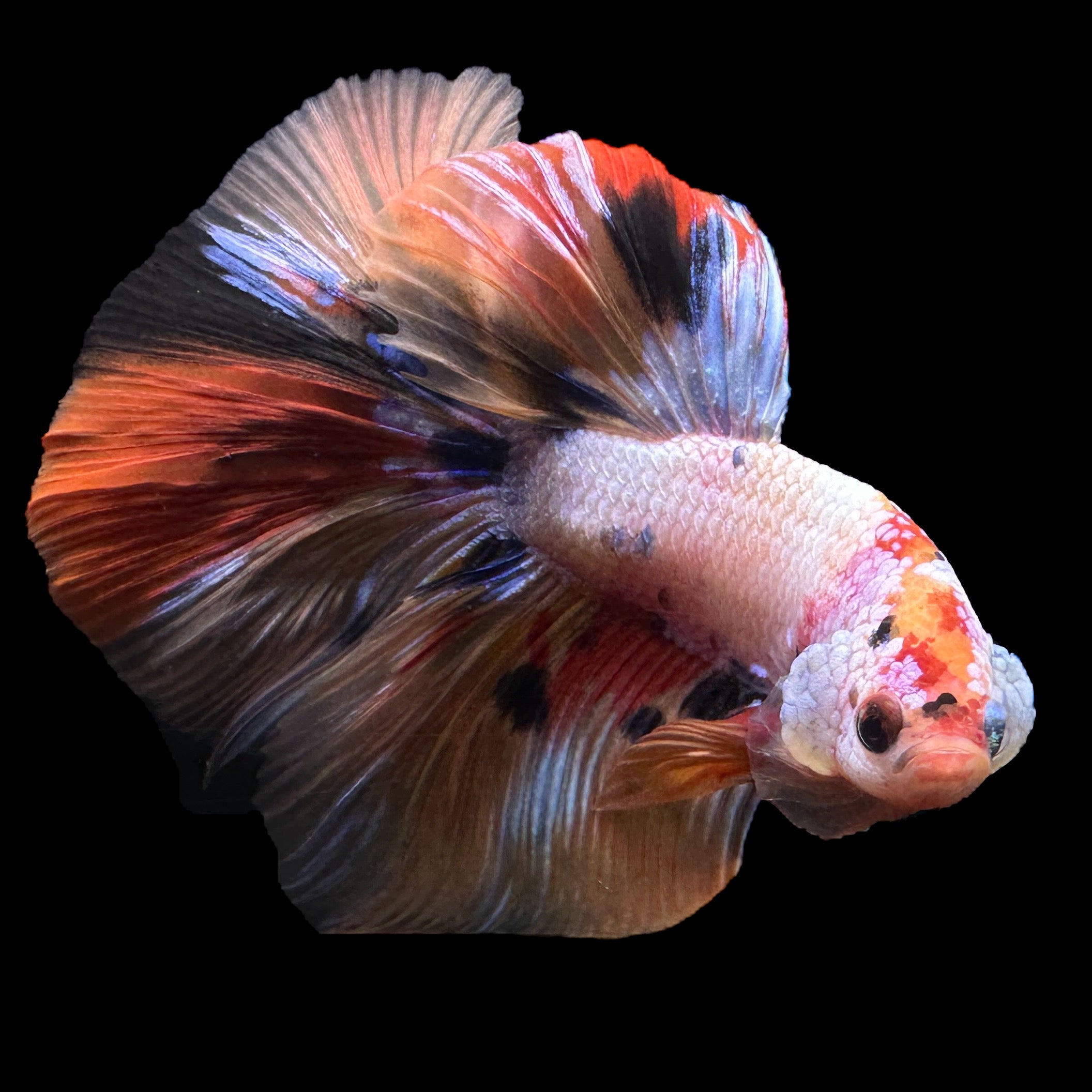Betta Fish Tank Setup: A Step-by-Step Guide for Beginners
Betta Fish Tank Setup: A Step-by-Step Guide for Beginners
Blog Article
Reproducing Betta Fish: a Comprehensive Step-By-Step Overview to Effectively Raising Infant Bettas From Eggs to Adulthood
Reproducing Betta fish is a meticulous venture that requires careful preparation and execution to make certain the successful advancement of fry from eggs to grow fish. Choosing genetically diverse reproduction sets with desirable characteristics is only the start; developing an optimal atmosphere and recognizing the intricacies of the breeding process are just as essential. As the male Betta faithfully constructs a bubble nest and guards the precious eggs, the subsequent stages of treatment and change demand interest to information and knowledge of finest techniques. Exactly how does one browse the difficult yet fulfilling path of supporting these dynamic animals to their adult years?

Selecting Breeding Pairs
When getting started on the trip of reproducing Betta fish, choosing the best breeding sets is vital to accomplishing desirable attributes and a healthy and balanced lineage - betta fish. The very first step in this process is to recognize the certain qualities you wish to improve or preserve, such as shade, fin type, and body form. It is vital to choose genetically varied pairs to stay clear of inbreeding, which can result in wellness problems and unwanted qualities
Review prospective reproducing prospects very carefully. A healthy and balanced male Betta must display vibrant shades, an active attitude, and well-formed fins, while the woman ought to also present dynamic coloration and a rounded stubborn belly, showing readiness for spawning. Observing the personality of both fish is vital, as hostile or excessively reluctant individuals may not reproduce successfully.
Paperwork of family tree is equally crucial. Maintaining documents of the parent fish's ancestry can aid you track hereditary characteristics and possible issues. Additionally, consult trustworthy breeders or online resources for advice on selecting compatible pairs. Eventually, investing time in the option procedure will significantly improve the probability of generating solid, vivid offspring that meet your breeding goals (betta fish).

Preparing the Reproduction Tank
Developing an optimal reproduction setting is a crucial step after selecting suitable pairs for Betta fish. The reproduction container need to be especially developed to provide convenience and boost the all-natural breeding behaviors of the fish. Start with a container dimension of at least 10 gallons to make certain appropriate space for both the man and female Bettas.
Keep a gentle purification system to keep the water tidy while preventing strong currents that can emphasize the fish. Furthermore, an air rock can be contributed to offer oxygenation without interrupting the water surface area way too much.
Temperature level policy is vital; objective for a stable variety of 78-82 ° F(25-28 ° C) making use of a trusted heating unit. The pH level must be preserved in between 6.5 and 7.5, and normal water modifications are necessary to ensure high water quality.
Include drifting plants or generating mops to create hiding spots for the female, while additionally encouraging bubble nest building by the man - betta fish. Finally, make sure the container is without sharp designs and any type of possible hazards, as the welfare of the fish ought to constantly be focused on during this critical phase of reproduction.
The Reproduction Process
Normally, the breeding process for Betta fish entails a collection of distinctive and evident habits that show readiness for recreation. The male Betta begins by constructing a bubble nest at the water's surface, which functions as a site for the fed eggs. This nest is important, as it provides a secure atmosphere for the eggs until they hatch out.
As soon as the nest is established, the male will show courtship behaviors, such as flaring his fins and showing lively shades to draw in the woman. The female, upon picking up the male's preparedness, will certainly react by displaying try these out upright stripes along her body, signaling her receptiveness.
The fertilized eggs then fall to the bubble nest, where the male meticulously accumulates and returns them to the nest. Following this, the male presumes responsibility for protecting the nest and guaranteeing the safety of the eggs until they hatch out, typically within 24-36 hours.
Taking Care Of Betta Fry
Caring for Betta fry calls for mindful attention to their environment and nourishment to make certain healthy development and growth. After hatching, Betta fry are very small and vulnerable, requiring a secure and clean environment. Maintaining a water temperature in between 78 ° F and 80 ° F is essential, as Betta fry grow in warm conditions. Furthermore, make certain that the water is without harmful toxins; routine water adjustments of 10-20% are recommended to preserve ideal water top quality.
Feeding Betta fry is just as important. Feed them tiny amounts a number of times a day, being mindful not to overfeed, which can lead to water quality problems.
Transitioning to Grownup Bettas
As Betta fry mature, transitioning them to adult Bettas is an essential phase that requires careful administration of their setting and social interactions. This process commonly starts when the fry reach around 6 weeks old, at which factor they can be slowly introduced to a more you could try these out organized living atmosphere.
To promote this shift, it is important to make certain that the water criteria-- such as temperature, pH, and ammonia degrees-- are optimal and secure. Adult Betta fish grow in warm water (around 78-80 ° F) with a pH of 6.5 to 7.5. Progressively accustom the fry to these problems to reduce stress.
Social communications are another vital element; man Bettas are notoriously territorial and aggressive. Consequently, it is recommended to different males into specific tanks as they grow. Female Bettas can be housed with each other, yet care needs to be taken to keep an eye on for signs of hostility.
In addition, nutritional adjustments must be made as the fry expand. Incorporate top notch pellets and live foods to support their growth and health and wellness. By taking care of these factors efficiently, you can promote a successful transition to their adult years Related Site for your Betta fish.

Final Thought
Effective breeding of Betta fish calls for cautious attention to information throughout the entire procedure, from choosing genetically diverse pairs to providing optimum care for fry. In addition, a balanced diet regimen and progressive adjustment to adult environments are crucial for the development and development of Betta fish.
Report this page